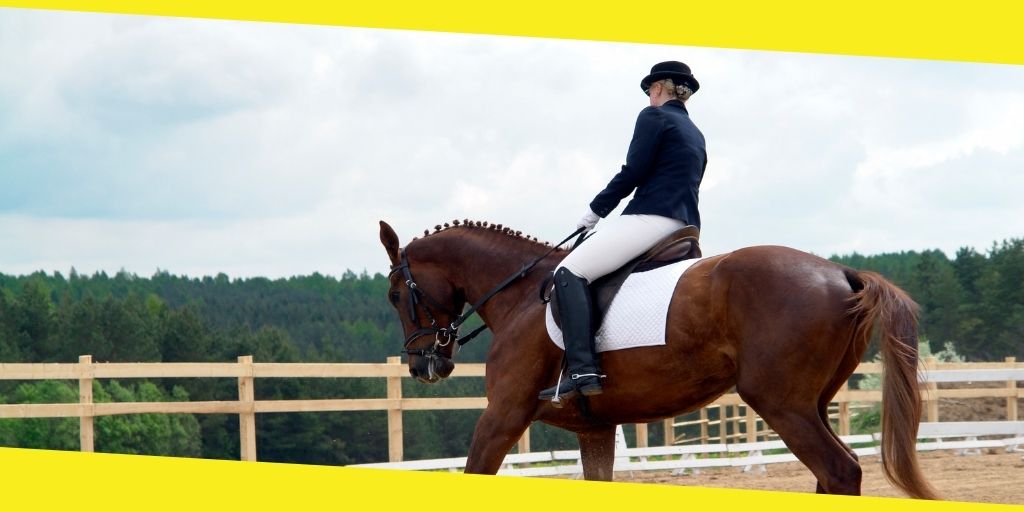
With the Tokyo 2020 Olympic Games having wrapped up, we take a look back at how far Olympic equestrian has come over the years and discuss the outcome of this year’s results. Once all of the competitors made the journey overseas in their turnout rugs and got settled into their new surroundings, we saw some incredible efforts from all across the world.
The history of Olympic equestrian
Since the 1912 Olympic games held in Stockholm, horse riding has been a staple part of the Olympics, splitting disciplines into three categories of dressage, eventing and jumping. Over the years, the only difference in the equestrian disciplines is the addition of dressage in 1928, but other than this, the sport remains consistent over the century.
To compete in the Olympic games, all competing horses must be owned by a competitor of the same nationality since at least the end of the previous year. The horses must be at least six years old for para dressage, eight years old for dressage or nine years old for show jumping, whereas riders have to be above 18 for show jumping or just 16 for para dressage. Back in 1936, Arthur von Pongracz from Austria competed in dressage at the age of 72, making them one of the oldest competitors at the Olympics to date! Unlike most other sports, Olympic equestrian features men and women on equal ground, creating a unique dynamic that means the best from each country go head to head.
Types of equestrian events
Equestrian Olympics are split into three main disciplines;
1. Dressage
Testing the aesthetic abilities of the horse, dressage is known for its artistic groundwork, displaying athletic prowess and evaluation.
2. Eventing
Athletes compete in an endurance test which consists of roads and tracks, steeplechase and cross country. The three rounds create a combination result to determine the all round winners.
3. Show jumping
Competitors will make their way through 12 to 15 obstacles on the tracks, incurring penalties for any obstacles knocked down or avoided as well as any refusals.
Tokyo 2020 equestrian outcome
This year’s equestrian events ran between Friday 23rd July and Saturday 7th August, bringing together some of the biggest names in the world and some nail-biting competition. Going into this year’s Olympics looked promising for Germany, with the country holding the best equestrian history with a strong lead. Having won an incredible 25 gold, 13 silver and 14 bronze medals in the past, their strong success rate made them a major competitor for this year’s entries.
With 50 nations qualified for participation, the schedule was filled with some great competitions and tense moments to watch. To summarise, Germany maintained their strong positioning with a total of three gold medals and one silver, taking the most gold over any other nations. Great Britain also showed some outstanding efforts, taking five medals home, more than any other competitors. With two gold medals, one silver and two bronze, it was an incredibly close competition this year.